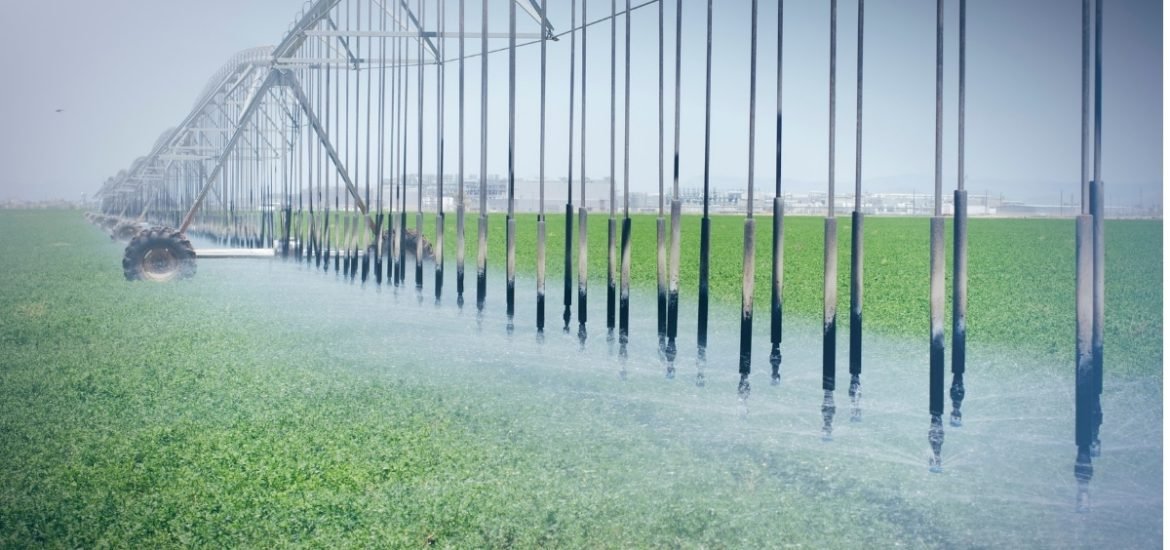
A new study published last week in Nature Sustainability suggests that to keep up with growing food demands — expected to double by 2050 — land use will have to increase by 100 Mha (1). But this can only be achieved by tripling global trade and shifting crop production from water-scarce to water-abundant regions.
Global freshwater resources are being squeezed as more water is increasingly abstracted from freshwater systems for human use – about 70 per cent is used for crop irrigation and around 40 per cent of food produced for human consumption is grown on irrigated land. Furthermore, freshwater abstraction damages ecosystems and reduces biodiversity.
One of the most significant challenges to overcome will be changes in rainfall as a result of climate change. The authors also highlight the growing competition for water from industry and households.
Unless major policy interventions are introduced, human water use will increase. New policies must be developed that consider the Sustainable Development Goals (SDGs) for the water–food–energy–ecosystems nexus. But will first require an integrated assessment of various factors such as global warming and socioeconomic factors and their impacts on natural resources. However, according to the authors, previous global assessments do not sufficiently account the water needed to sustain the health of freshwater ecosystems, or “water for the environment”.
To this end, the researchers from the International Institute for Applied Systems Analysis (IIASA), an international research organisation based in Vienna, Austria, investigated the potential impacts of climate change and socioeconomic development, as well as so-called environmental flow requirements (EFRs), on land use, water consumption, and food trade.
In particular, the authors sought to determine the impact of strong protections and enforcement of EFRs on food security. And could international trade of crop and livestock products safeguard against the possible impacts of strongly enforcing these requirements?
They used the Global Biosphere Management Model and constrained it with water availability, environmental flow requirements, and water use from agriculture, industry and households (simulated using the Lund–Potsdam–Jena managed Land model, Environmental Policy Integrated Climate model and WaterGap model). Four water regulation policy scenarios were examined: invest, exploit, environment, and environment+.
With both the “invest” and “exploit” scenarios, an increase in irrigated production came at the expense of the EERs. Following the “invest” scenario, increased crop production was achieved by expanding cropland (50 per cent irrigated and 50 per cent rainfed) and large-scale investments in water infrastructure. This resulted in the largest increase in water use and the lowest increase in international trade. The “export” scenario increased crop production mainly by increasing rain-fed areas in Latin America and Southeast Asia. However, this led to the largest increase in land use.
Both “environment” scenarios met the EERs by reducing irrigated cropland areas in China and India by 2050 and reallocating croplands in the tropics. But both would require a significant increase in trade flows to compensate for water restriction. Based on the findings, an additional 10–20 per cent trade flow from water-abundant regions to water-scarce regions could sustain environmental flow requirements on a global scale.
Therefore, the authors suggest focusing food production on water-abundant regions while reducing cultivation of water-intensive crops in drier areas – it may be necessary to halt crop irrigation altogether and shift to rainfed croplands instead to protect environmental flows while meeting growing water demands.
Finally, making use of precision agriculture and novel technologies to optimise crop production could help reduce water consumption and increase future crop yields.
(1) Pastor, A. et al. The global nexus of food-trade-water sustaining environmental flows by 2050. Nature Sustainability (2019). DOI: 10.1038/s41893-019-0287-1